Plantain Plant Care – How To Grow Plantain Trees
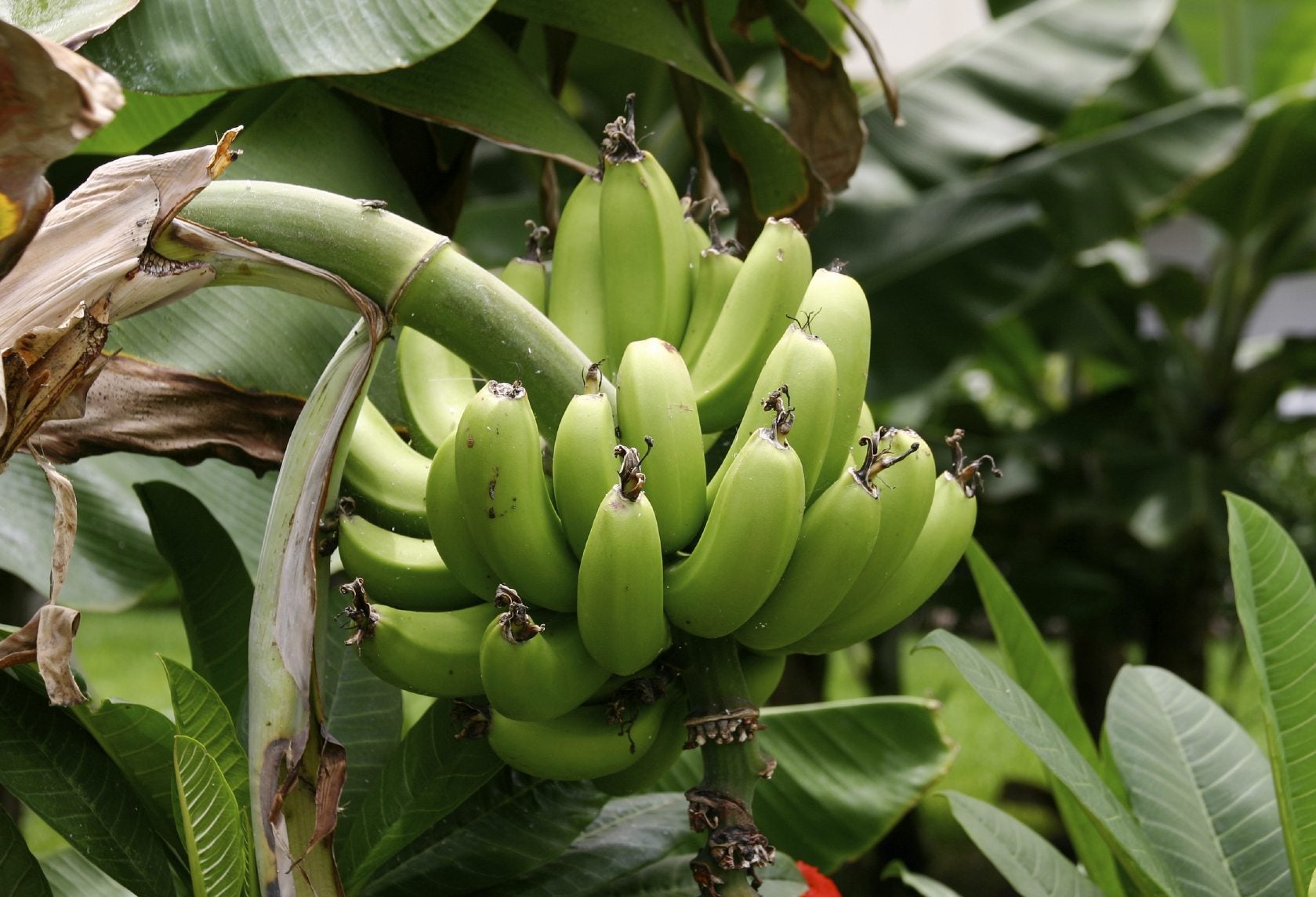
If you live in USDA zones 8 through 11 you get to grow a plantain tree. I’m jealous. What is a plantain? It’s sort of like a banana but not really. Keep reading for fascinating information on how to grow plantain trees and plantain plant care.
What is a Plantain?
Plantains (Musa paradisiaca) are related to banana. They look quite similar and are, in fact, morphologically similar, but while bananas are grown for their sugary fruit, growing plantains are cultivated for their firmer, starchy fruit. Both are members of the Musa genus and are technically large herbs and their fruit is classified as berries. Plantains and their cultivated ancestors originated in the Malaysian peninsula, New Guinea, and southeast Asia and can attain heights of 7 to 30 feet (2-9 m.). Plantains are a hybrid of two species of banana, Musa acuminata and Musa balbisiana. Unlike bananas though, which are eaten fresh, plantains are almost always cooked. Plantains are grown from a super long 12 to 15 foot (4-5 m.) underground rhizome. The resulting plant has giant leaves, up to 9 feet (3 m.) long and 2 feet (61 cm.) across, wrapping around a central trunk or pseudostem. Flowering takes 10 to 15 months of mild temperatures and yet another four to eight months to fruit. Flowers are produced from the pseudostem and develop into a cluster of hanging fruit. In commercial growing plantain plantations, once the fruit is harvested, the plant is cut down soon to be replaced by pups that sprout up from the mother plant.
How to Grow Plantain Trees
Plantains are grown just like bananas, which if you live in USDA zones 8 through 11, you can grow too. I’m still jealous. Initial plantain plant care requires well-draining soil, regular watering, and protection from wind or frost. Choose a sunny, warm area of your garden and dig a hole that is as deep as the root ball. Plant the plantain at the same level it was growing in the pot. Keep the plantain 4 to 6 feet (1-2 m.) from other plants to give it plenty of room to spread. Add 4 to 6 inches (10-15 cm.) of organic mulch around the tree, keeping it 6 inches (15 cm.) away from the pseudostem. Spread this mulch out in a circle 4 to 6 feet (1-2 m.) wide around the tree to help the soil retain water and protect the plant's roots.
Plantain Plant Care
The number one rule when caring for plantain trees is don’t let them dry out. They love moist soil, not soggy, and need careful watching during hot, dry weather. The number two rule of plantain plant care is to protect the plant. Cover it with a blanket during cold snaps and put a light bulb or string of holiday lights under the blanket. While the rhizomes will survive underground down to 22 degrees F. (-6 C.), the rest of the plant will die back during freezing temperatures. Follow those two rules and caring for plantain trees is fairly simple. As with all plants, some feeding is required. Feed the plant once a month during the summer with a slow-release 8-10-8 fertilizer. A heavy feeder, a mature tree needs about 1 to 2 pounds (0.5-1 kg.), spread out in a 4 to 8 foot (1-2 m.) radius around the plant, and then lightly worked into the soil. Prune off suckers with a pair of gardening pruners. This will divert all the energy to the main plant unless, of course, you are propagating a new plant. If so, leave one sucker per plant and let it grow on the parent for six to eight months before removing it. When the fruit is ripe, cut it from the pseudostem with a knife. Then chop the tree down to the ground and whack up the detritus to use as mulch to be spread around the new plantain tree that will arise from the rhizomes.
Gardening tips, videos, info and more delivered right to your inbox!
Sign up for the Gardening Know How newsletter today and receive a free copy of our e-book "How to Grow Delicious Tomatoes".

Amy Grant has been gardening for 30 years and writing for 15. A professional chef and caterer, Amy's area of expertise is culinary gardening.
-
 Looking For Plants To Give You The Soft And Fuzzies? Try These 5 Fuzzy Leaf Plant Options
Looking For Plants To Give You The Soft And Fuzzies? Try These 5 Fuzzy Leaf Plant OptionsLovers of texture, drama, silver foliage and tactile plants will adore these special sensory garden additions. These fuzzy leaf plant options will leave you all aglow
By Susan Albert
-
 Get Ready For A Summer Of Hummers! Grow These Full Sun Hummingbird Plants and Flowers
Get Ready For A Summer Of Hummers! Grow These Full Sun Hummingbird Plants and FlowersIf you’re lucky enough to enjoy a sunny backyard, make sure you are maxing out on your pollinator opportunities and grow these full sun hummingbird plants and flowers
By Tonya Barnett
-
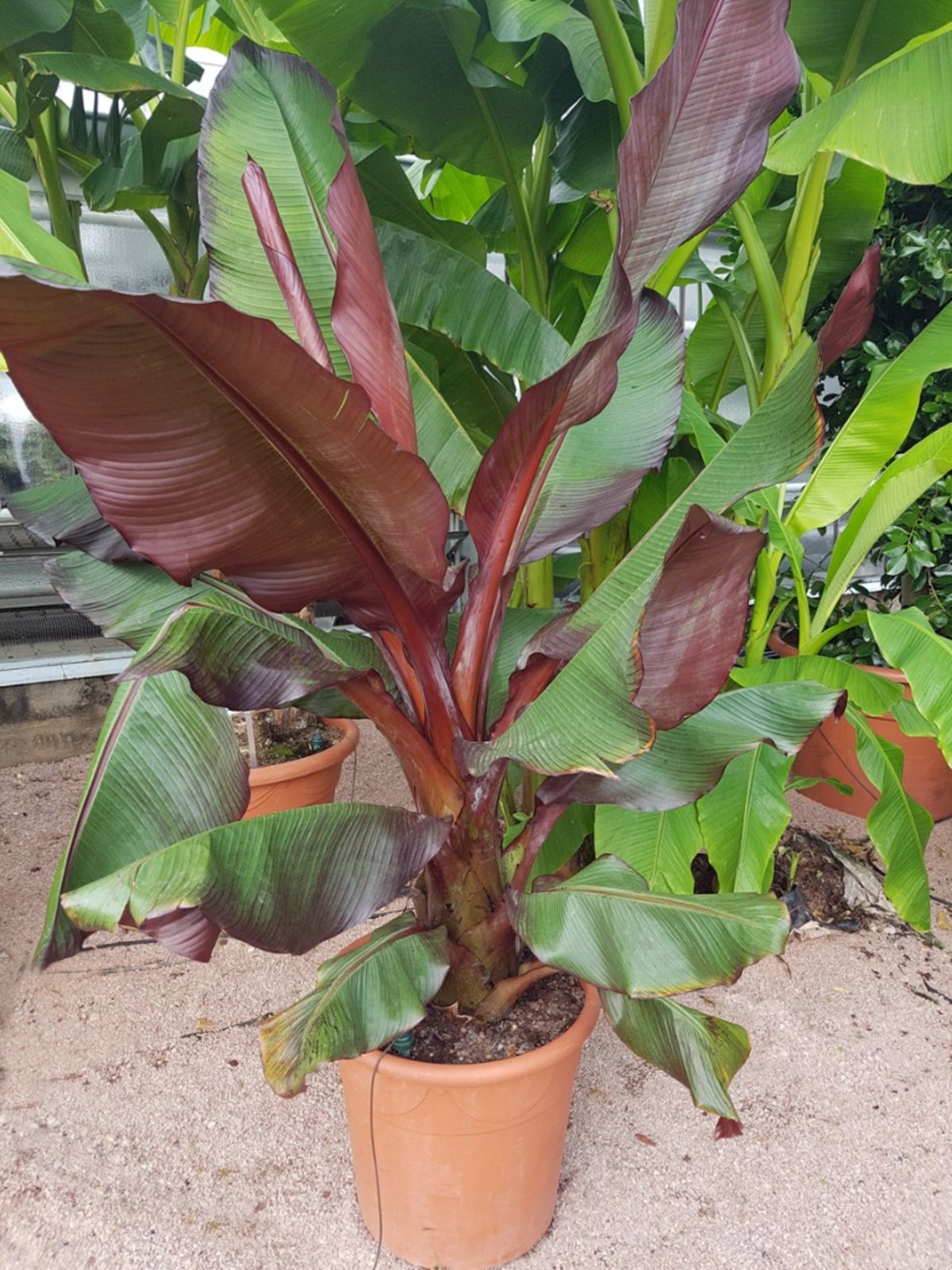 Japanese Banana Plant – Caring For A Musa Basjoo Hardy Banana Variety
Japanese Banana Plant – Caring For A Musa Basjoo Hardy Banana VarietyThe Japanese banana plant lends that tropical island flair to gardens as far north as zone 5. If that sounds too good to be true, read on!
By Laura Miller
-
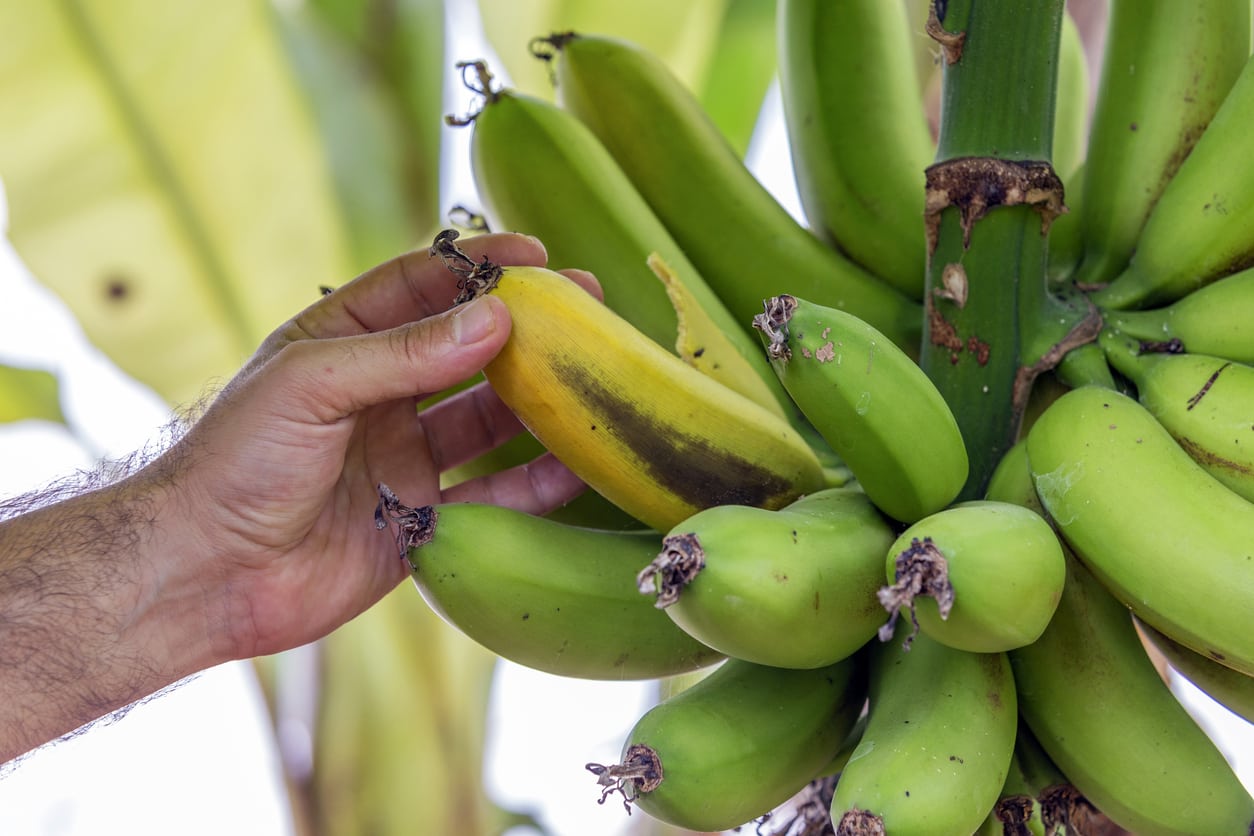 Banana Tree Fruit Issues: Why Do Banana Trees Die After Fruiting
Banana Tree Fruit Issues: Why Do Banana Trees Die After FruitingBanana trees not only are beautiful tropical specimens, but most of them bear edible banana tree fruit. If you have ever seen or grown banana plants then you may have noticed banana trees dying after bearing fruit. Click this article to learn more.
By Amy Grant
-
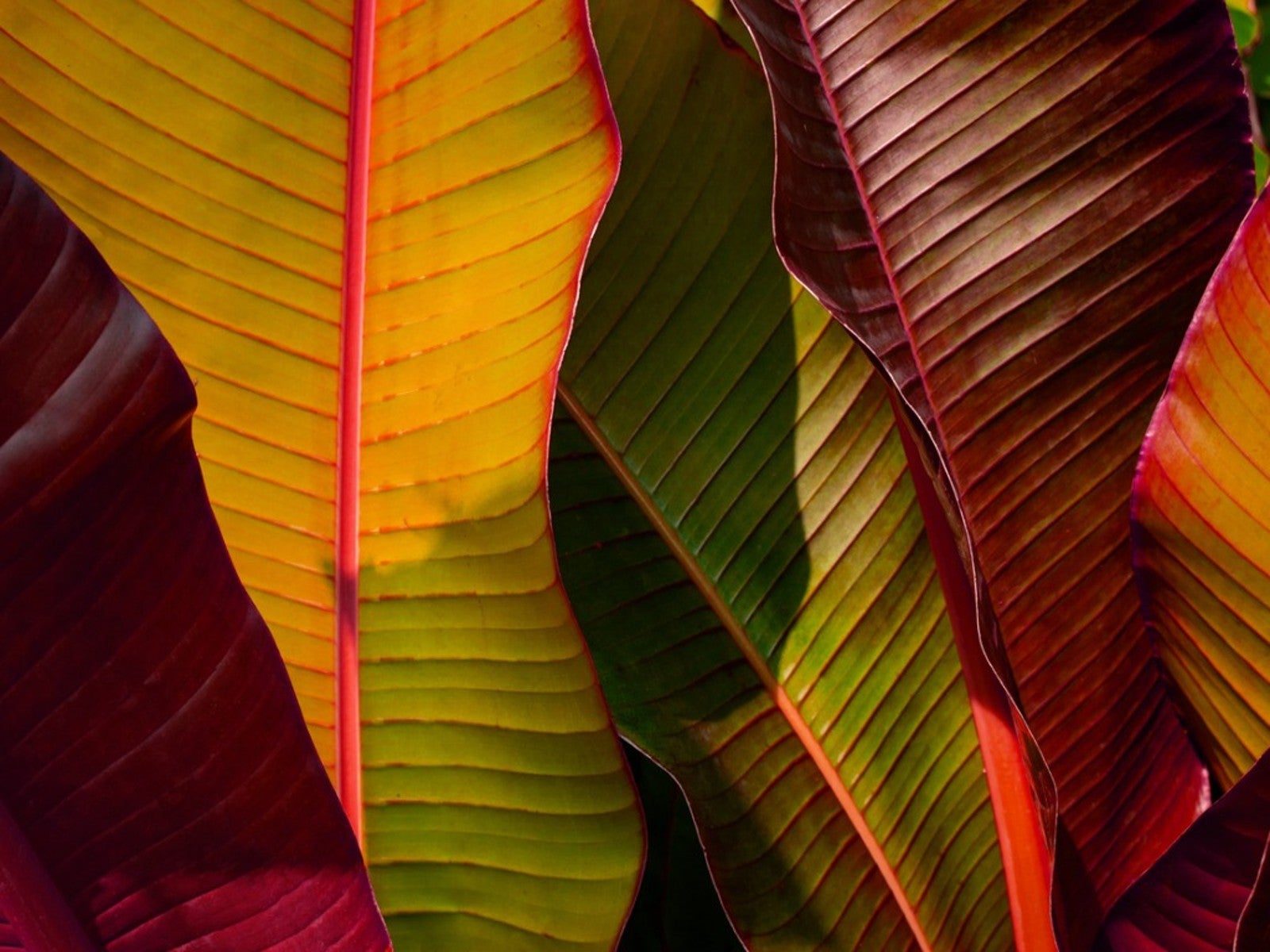 Growing Ornamental Bananas – How To Grow A Red Banana Plant
Growing Ornamental Bananas – How To Grow A Red Banana PlantThere are many types of banana which produce copious amounts of fruit. But did you know there are also various types of the ornamental red banana plant too, specifically grown for their attractive red foliage color? Learn more about them here.
By Ilana Goldowitz Jimenez
-
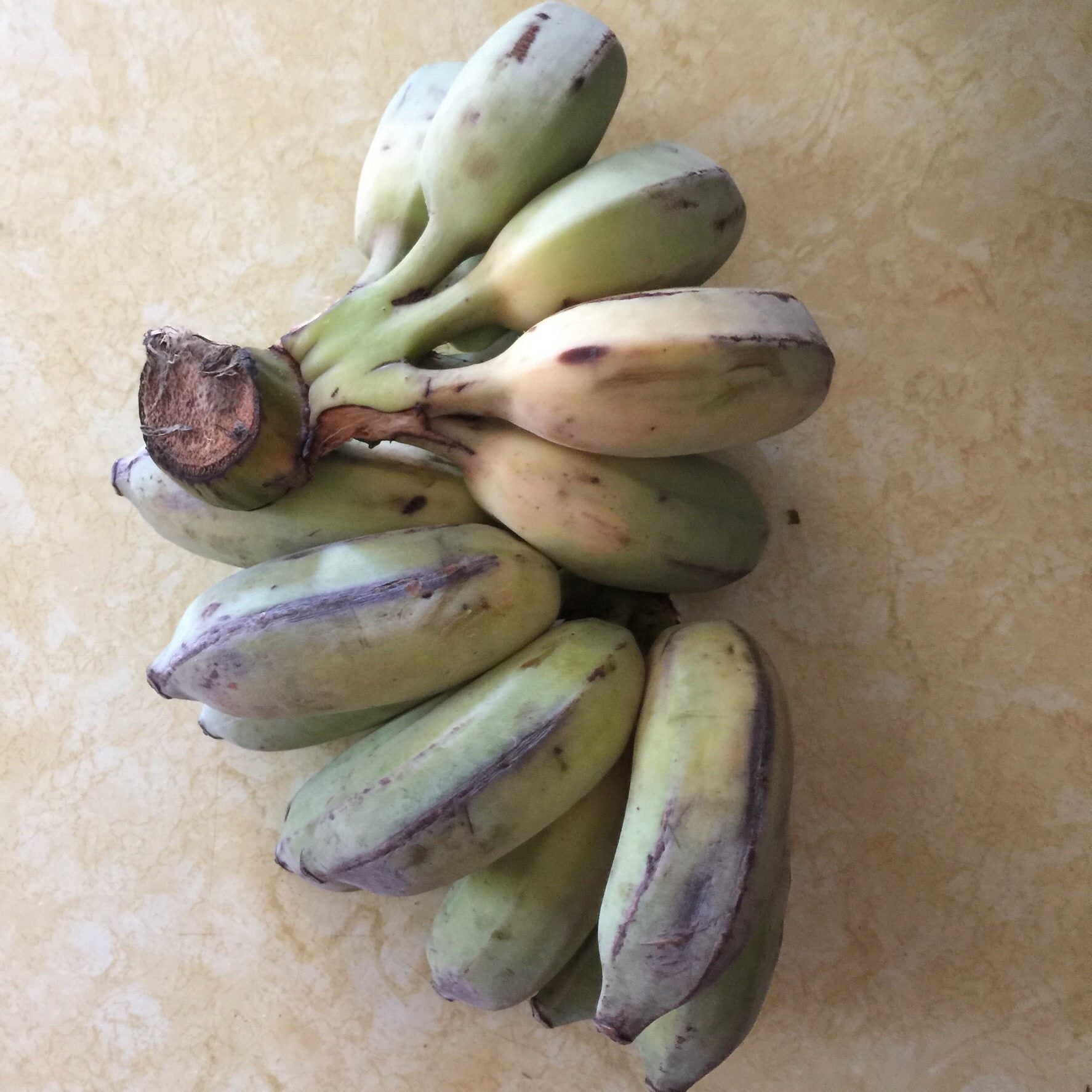 Thai Banana Fruit – How To Grow Thai Banana Trees
Thai Banana Fruit – How To Grow Thai Banana TreesIn Thailand, bananas are everywhere and synonymous with the tropical region they thrive in. If you're yearning to introduce a more tropical look to your landscape, try growing Thai bananas. What are Thai bananas? Click here to find out about Thai banana care.
By Amy Grant
-
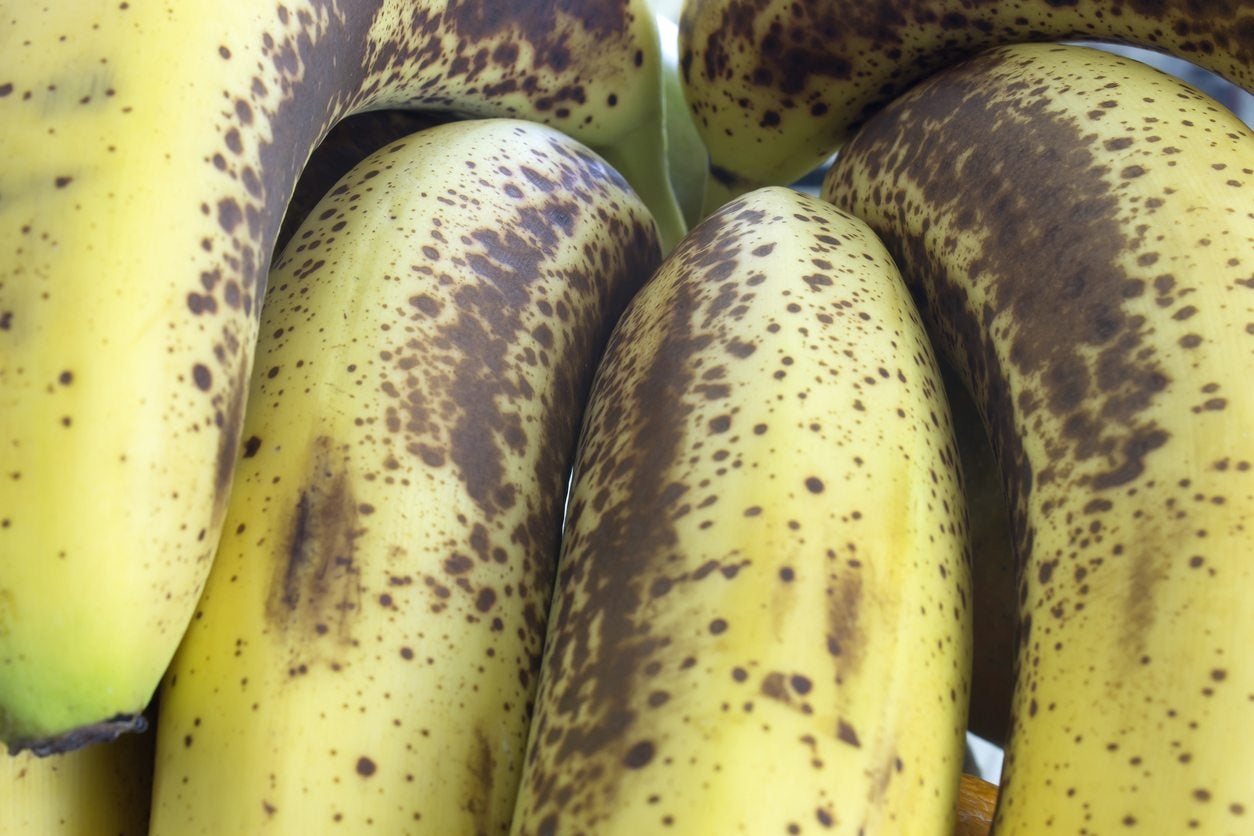 Common Diseases Of Banana: What Causes Black Spots On Banana Fruit
Common Diseases Of Banana: What Causes Black Spots On Banana FruitBanana plants are prone to a number of diseases, many of which result in black spots on banana fruit. What causes black spot disease in bananas and are there any methods for treating black spots on banana fruit? Click this article to learn more.
By Amy Grant
-
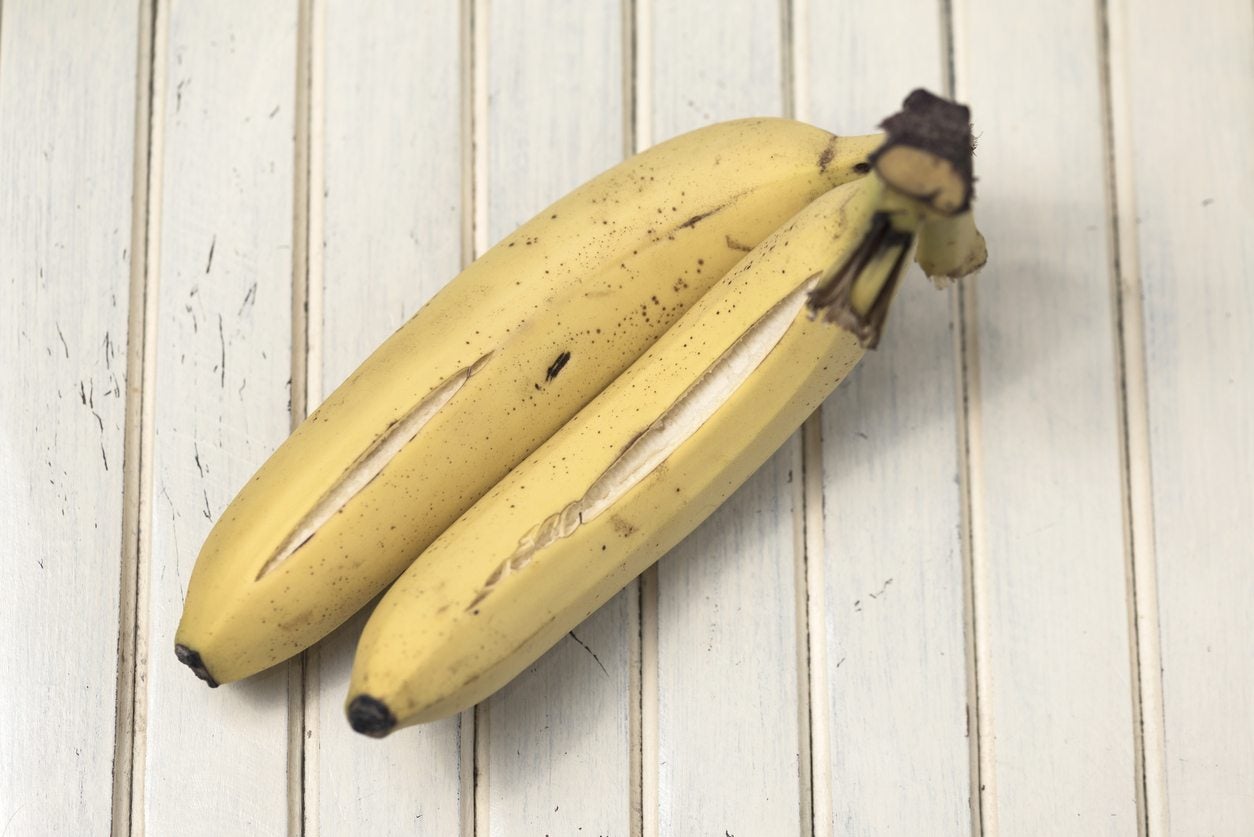 Banana Tree Problems: What Causes Bananas With Cracked Skin
Banana Tree Problems: What Causes Bananas With Cracked SkinIt takes some work to grow bananas and, even so, they are susceptible to their share of diseases and other banana tree problems. One such issue is bananas with cracked skin. Why do bananas split on the bunch? Find out about banana fruit cracking here.
By Amy Grant
-
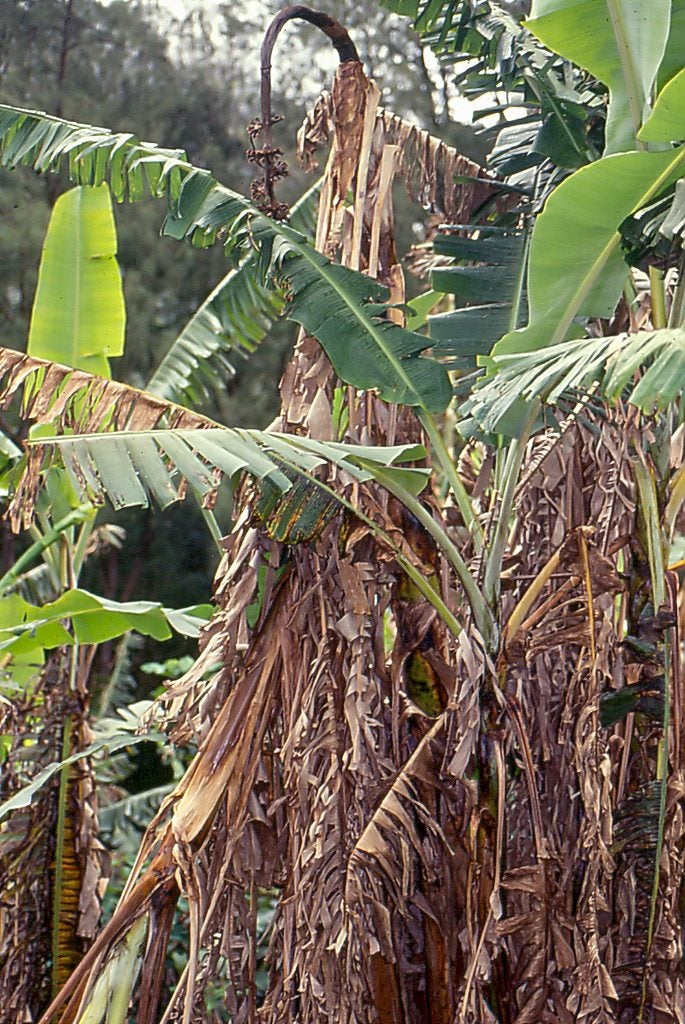 Fusarium Wilt Of Banana: Managing Of Fusarium Wilt In Bananas
Fusarium Wilt Of Banana: Managing Of Fusarium Wilt In BananasAlso known as Panama disease, fusarium wilt of banana is difficult to control and severe infections are often deadly. Click on this article to learn more about banana fusarium wilt disease, including management and control.
By Mary H. Dyer
-
 Banana Plant Diseases And Pests: Troubleshooting Problems Affecting Bananas
Banana Plant Diseases And Pests: Troubleshooting Problems Affecting BananasBanana plant problems can derail a successful plantation, and any of the problems affecting bananas may afflict the home gardener as well, so it's important to learn to identify banana pests and diseases to nip them in the bud. Click here to learn more.
By Amy Grant